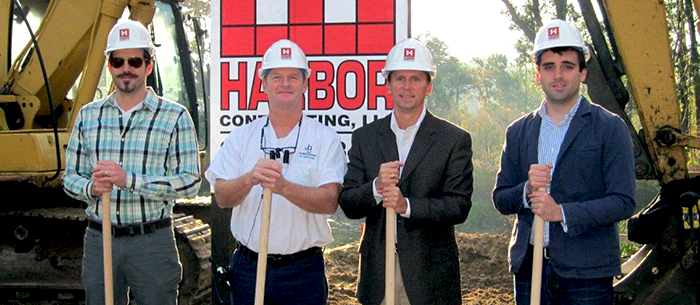The opinions expressed in this commentary are solely those of the author and do not necessarily reflect those of the National Council of Architectural Registration Boards (NCARB).
In October, I had the opportunity to take part in NCARB’s third annual Think Tank. We spent two days discussing our thoughts on the entire licensure process, but the one topic we seemed to always return to was mentorship. My impression after those discussions is that the biggest frustration interns have with this process isn’t necessarily the Intern Development Program (IDP) or Architect Registration Examination (ARE), but the lack of engagement between interns and supervisors. There are some interns who only reach out to their mentors when they need something. Similarly, there are mentors who never make themselves available for questions and advice.
When the whole process is aimed at developing the next generation of architects, how do we make sure the path to licensure better integrates emerging professionals and practitioners? I could argue that internship is less about interns learning how to practice than it is a constant re-evaluation of what everyone in the profession already knows (or thinks we do). In order to keep the profession dynamic, we need to constantly re-examine the level of engagement on all levels.
“Surround yourself with the kind of people you want to be.” Not a bad piece of advice I received before shipping off to Auburn University in 2006. It wasn’t very difficult to do when I was spending more time in the studio than anywhere else. However, I feel like it would have been more appropriate to receive that advice after graduation. It’s in that transition period—between getting your diploma and licensure— where we really find out how and where we fit into the profession. This is where supervisors and mentors can really make an impact on the next generation of architects.
Forge Your Own Path
Landing a job can be tough, especially when you’re fresh out of school. Interns, like any other profession, are hired to fill a business need. But this shouldn’t take the focus away from your career goals. As daunting as the process can be, you have the power to forge your own path—find opportunities that will fulfill both the internship requirements and your professional interests. The beauty behind the IDP is that as long as we are tackling the licensure requirements, how we go about it is largely within our control.
When I stepped into an interview three years ago with my supervisor and mentor, Luke Jarrett, AIA, NCARB, I had no idea what to expect. After the standard questions and portfolio discussions, he asked what I wanted to gain from my internship. In my interviews with other firms, no one had ever asked about my needs. Admittedly, I hadn’t really either. I left that interview with two promises: One my mentor made to me, and one I made to myself. Luke would provide as many opportunities as he could, ensuring that I experienced all facets of the business. But taking control of the internship was my responsibility. And I was only going to get as much out of it as I could put in.
The first step was making it a priority to meet with Luke every quarter to review my IDP progress. I would take that time to let him know the areas I was looking to gain more experience in. I found that Construction Administration hours were the toughest for me to gain. So I would set a benchmark of what I needed, and Luke would work with me to find opportunities within our current and upcoming projects that would give me the exposure I needed. Then Luke would provide the framework and I would find as many opportunities to take on more responsibility. If I knew I was going to do initial zoning research on an upcoming project, I would ask to sit in on any meetings with the client, as well as attend site visits. By requesting exposure in one category and taking initiative in that task, I was able to gain experience in other categories I was lacking. Regular communication is key.
The second step I took was to find ways to broaden my experience in every single task by taking control of my internship as much as possible. You’ll find that accepting this responsibility is critical to forging your own career path. Just make sure you take advantage of all of the resources at your disposal.
It’s three years later and I am still with Byers Design Group—and the work challenges me every day. But I wouldn’t be where I am today without the guidance of my mentor, something that both of us take pride in.
